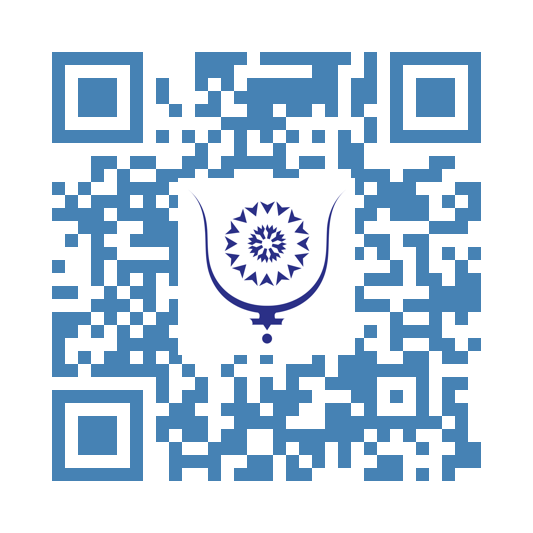Egregores and the psychosphere
The psychosphere can be understood as an energetic field that envelops the planet, serving as a living repository for the mental and emotional energies generated by all sentient beings. Some interpretations, such as those in the Gaia theory, even suggest that all emotional beings, including animals contribute to this field. For the sake of clarity in this discussion, I will focus solely on humans.
The psychosphere exists as a subtle layer between the material world we inhabit and the higher, more ethereal planes, often referred to as the spiritual realm. Rich with thoughtforms—mental constructs born from individual or collective consciousness—it plays a determinant role in the astral plane. Though intangible to the physical senses, the psychosphere profoundly influences both individual experiences and the collective emotional state of humanity.
At the core of the psychosphere are thoughtforms and egregores, which I discussed in my previous writing. These are the primary forces that shape this astral layer.
Both thoughtforms and egregores contribute to the psychosphere, which grows denser with the energy they generate. While thoughtforms are personal and typically temporary, egregores have the potential to become enduring entities, sustained by the continual focus and intention of a group. These entities accumulate in the psychosphere, influencing the mental and emotional states of those who dwell within its planetary field.
The psychosphere functions as a middle ground between the dense physical realm and the more subtle ethereal or spiritual planes. As a layer of the astral plane, its "matter" is finer than the physical world but denser than the purely spiritual realms. This gives it a unique role in the cosmological framework, acting as a bridge where mental energy and spiritual forces intersect, creating a dynamic interplay between human thought and extradimensional or spiritual influence.
To provide a helpful metaphor, we can look to the superstring theory with its concept of multiple dimensions. Imagine the psychosphere as the "fine point" where different dimensions converge and interact, much like vibrating strings generate different forms of matter. The vibrations of thought and emotion within the psychosphere create and sustain various thoughtforms and egregores. These vibrations, in turn, shift and shape the energies of the astral plane, producing a vast and complex network of mental and spiritual activity.
The astral plane, and by extension the psychosphere, influences human experience in subtle but powerful ways. On one hand, individuals and groups can shape the psychosphere through their focused intentions, emotions, and beliefs. On the other hand, the psychosphere exerts its influence on them, subtly affecting their thoughts, emotions, and behaviors.
For example, when an egregore grows strong, it can exert pressure on the individuals who feed it. This can manifest as powerful collective emotions—such as national pride, religious fervor, or even mass hysteria. The egregore becomes a force that shapes the thoughts and behaviors of its creators, locking them into patterns of belief or action. This reciprocal relationship creates a feedback loop in which individuals both influence and are influenced by the larger thoughtform structures of the psychosphere.
On a more personal level, the thoughtforms individuals generate can resonate within the psychosphere, attracting similar energies or influences from the astral plane. In some cases, these thoughtforms can be empowering, manifesting goals or desires in the physical world. In other instances, they may create unwanted energetic attachments or lingering emotional residues.
Thoughtforms and egregores, like all things in the universe, have a lifespan. When the energy sustaining them wanes—due to a lack of focus, intention, or belief—they begin to dissolve. This dissolution is not always clean, however. Much like physical organisms, these entities can leave behind husks or residual energy patterns that linger in the psychosphere.
These empty husks are a form of astral debris. Although they no longer possess the vibrancy or purpose they once had, they still exist as empty shells of what they once were. These remnants can be manipulated by beings on either side of the astral plane—whether from higher spiritual realms or lower astral dimensions.
In the hands of malevolent or parasitic entities, these empty husks can be repurposed, filled with new energy, and used to influence or manipulate the emotions and thoughts of individuals. This can manifest as irrational fears, lingering emotional disturbances, or sudden shifts in consciousness. Conversely, benevolent entities may seek to dissipate or transform these husks into higher forms of energy, restoring balance within the psychosphere.
The psychosphere is a dynamic, living field that reflects the collective mental and emotional states of the beings within it. It is influenced by human consciousness and, in turn, exerts its influence on the thoughts and emotions of those who interact with it. Through the creation of thoughtforms and egregores, individuals and groups shape the psychosphere, contributing to the intricate network of energetic patterns that govern the mental and spiritual landscape of the planet.
The ongoing cycle of creation, sustenance, and dissolution of thoughtforms and egregores, shapes not only the psychosphere itself but also the experiences of those who live within its reach. Understanding this complex relationship allows us to better grasp how unseen forces may be influencing our inner and outer worlds, offering insights into the interconnectedness of mind, spirit, and the greater energetic realities that surround us.


